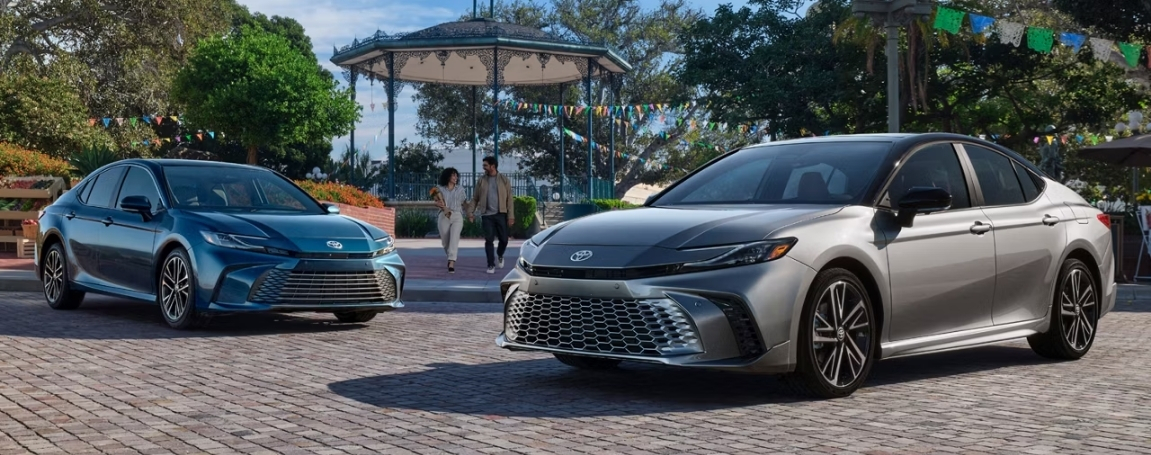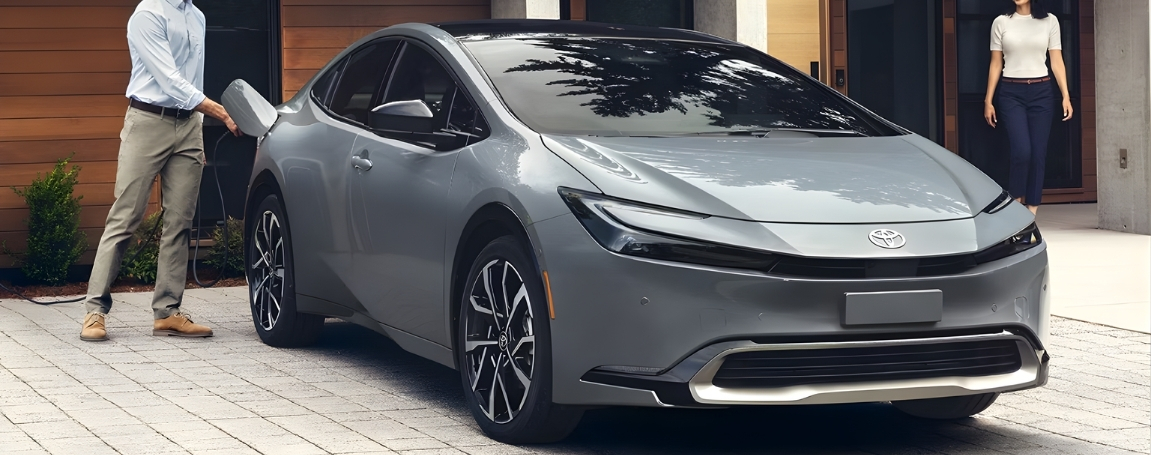The Pros and Cons of Hybrid and Plug-In Hybrid Vehicles in 2025
The Pros and Cons of Hybrid and Plug-In Hybrid Vehicles in 2025
Posted on October 25, 2025
As the seasons change in Ontario and gas prices keep rising, many drivers ask us at the dealership which type of vehicle makes more sense: a hybrid or a plug-in hybrid. Both offer ways to cut down on fuel costs and emissions. But each has trade-offs too. Let me walk you through what works well, and what challenges you may face, if you consider either for your next vehicle.
What Hybrid Vehicles Bring and What They Ask For

A regular hybrid (also called HEV) uses both a gasoline engine and an electric motor. The electric part helps especially in stop-and-go traffic, like in Toronto or Ottawa rush hours. Fuel economy improves compared to gas-only cars. Emissions drop. Maintenance costs over time may be lower because the electric motor helps during low loads, reducing wear. You don’t need to plug a regular hybrid in. That makes them easier if you don’t have access to charging at home or in your area. However, there are downsides. Regular hybrids still rely heavily on gasoline when driving at highway speeds or towing. They do not offer electric-only range like plug-ins do. Also the upfront price is often higher than a basic gas version of the same model. Batteries eventually age and may need replacement, which can be costly. Winter in Ontario can reduce efficiency. Cold weather places more demand on the engine and the battery, so expected savings might be less through fall and winter.
What Plug-In Hybrids Offer and Where They Fall Short

A plug-in hybrid (PHEV) builds on hybrid design by having a larger battery and capability to be charged via a power outlet. For many Ontarians doing city driving or commuting, a PHEV lets them travel daily on electric power alone. That means little to no gasoline use for short trips. Emissions drop more significantly. Fuel costs fall more when you charge often. On the flip side, PHEVs cost more up front. The extra battery and electric motor parts add cost. Also you need access to charging—at home or in public. If you rarely plug in, then a PHEV behaves more like a regular hybrid, losing much of its benefit. Cold weather reduces the electric range. Batteries perform less well in freezing temperatures. Finally, some PHEVs have less cargo space or extra weight from the battery, which may matter if you haul gear or tow.
How to Decide Which Fits You
Choosing between hybrid and plug-in hybrid depends a lot on how you drive and where you live. If your trips are mostly around town, errands, school drop-offs, then a PHEV gives great savings and less fuel stops. If you often drive long distances, don’t have a reliable place to plug in, or need more towing or cargo, then a regular hybrid or an efficient gas engine might serve better. Also think about Ontario winters, since cold conditions affect both types. It helps to check incentives offered by governments. Many provinces offer rebates for plug-in hybrids. That offsets some of the extra cost. Also check warranty on battery and electric components. Ask about maintenance costs.
Looking Ahead with Confidence
Both hybrid and plug-in hybrid vehicles are good steps toward cleaner, more efficient driving. In 2025, technology is stronger than ever. Charging networks are improving in Ontario. Battery life is better. Owners who understand the trade-offs get great value. You’ll save fuel, reduce pollution, and still enjoy performance and comfort.
Visit Bustard Chrysler and Talk Options With Our Team!
If you are thinking about going hybrid or plug-in hybrid, come by Bustard Chrysler in Waterloo, ON. We can show you models available, talk about numbers that matter in your daily life, and help you decide which works best. Book a test drive or chat with our staff so you can feel what works for you.

